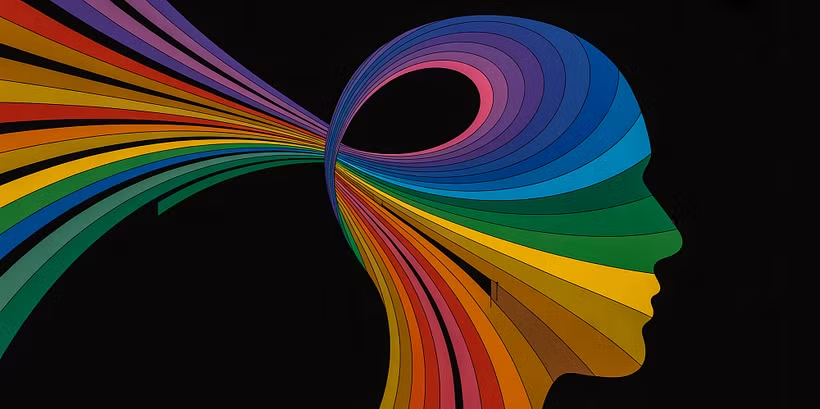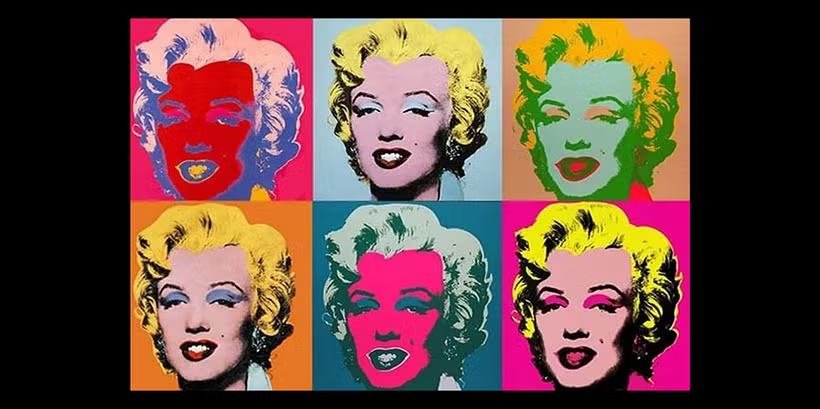Colors that tell stories: the psychology of color in illustration

1. Introduction 2.
The same character can convey gentleness or danger just by changing the color of his clothes.
Color is not only aesthetics: it is a silent language that communicates emotions and deep meanings. Color psychology studies how tones influence our perception and emotions, and in the world of illustration it becomes an essential tool to give life to characters and scenarios.
Have you ever wondered why an illustration immediately calms you down or, on the contrary, instantly transmits tension? The answer usually lies in the choice of color.
[What is color psychology (basic concepts)[/b] 2.]
Color psychology[/b] is the discipline that analyzes how colors affect our emotions, perceptions and decisions. Its origin goes back to studies in art, advertising and design, where it was proven that tones influence moods and the way we interpret visual messages.
In illustration, this tool is uniquely adapted: artists use color not only to embellish, but to tell stories and convey atmospheres that connect with the viewer.
3. The narrative power of color in illustration.
Color is a silent narrator: it creates emotions, defines personalities and builds atmospheres.
Examples:
Red: passion, action, danger.
Blue: calm, confidence, melancholy.
Yellow: joy, energy, warning.
But not everything is universal: the cultural context modifies the meaning of colors. While white symbolizes purity in the West, in some Asian countries it is associated with mourning.

4. Palettes and chromatic harmonies (practical guide).
The choice of a palette is not by chance:
Monochromatic: it conveys coherence and simplicity.
Complementary: generates contrast and dynamism.
Analogous: creates harmony and visual softness.
A key tip is to use contrast to guide the viewer's attention and avoid excessive saturation that can unbalance the illustration.

5. Color psychology in characters and scenarios (specific cases).
Color defines the personality of the characters:
A protagonist in warm tones inspires closeness and energy.
An antagonist in dark or cold tones reinforces mystery and distance.
In scenery, the color palette sets the atmosphere: a warm light can convey security and home, while a cold one suggests loneliness or tension.
6. Tools and resources for choosing colors.
Nowadays, illustrators have multiple digital aids at their disposal:
Adobe Color, Coolors and Paletton to create and experiment with palettes.
[Moodboards[/b] that help define the atmosphere before drawing.
Inspiration in photography, cinema and nature, where colors tell stories in an organic way.
7. Inspirational conclusion
There are no rigid rules in color psychology, only creative guidelines. The important thing is to dare to experiment and play with unusual palettes to provoke unexpected emotions.
Color not only fills spaces, it gives voice to the story you want to tell.
Other recommended resources: [/b]
Color theory course at Domestika.
Free color theory posters for beginners in drawing and painting.





0 comments